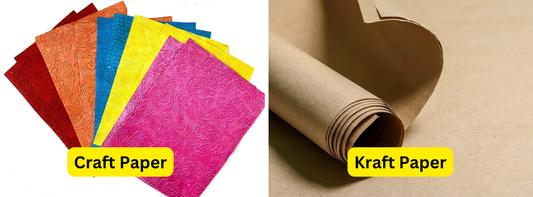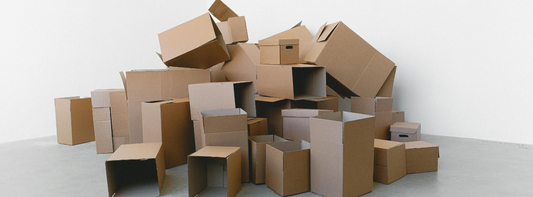Wine bottles come in various shapes, each designed with a specific purpose in mind. From the tall elegance of Alsace bottles to the robust build of Champagne bottles, the shape of a wine bottle not only enhances its aesthetic appeal but also influences how the wine ages and is enjoyed. In this guide, we'll explore the most common and unique wine bottle shapes, their characteristics, and how they impact wine quality, storage, and presentation.
- The Ultimate Guide to Wine Bottles: Types, Manufacturing, and How to Choose the Perfect Bottle for Any Occasion
- Paper vs. Glass Wine Bottles: Which is Right for Your Brand?
Common Types of Wine Bottle Shapes
Bordeaux Bottle
The Bordeaux bottle is recognized for its straight sides, cylindrical shape, and high shoulder. This iconic design is often used for wines like Cabernet Sauvignon and Merlot, providing excellent support for long-term aging.

Burgundy Bottle
With a wider body and sloping shoulders, the Burgundy bottle is an elegant choice for wines such as Pinot Noir and Chardonnay. Its design reflects the softer, more rounded profile of these wines.

Champagne and Sparkling Wine Bottles
Built with thicker glass and a punted base, Champagne bottles are designed to withstand the pressure of carbonation. Their durability ensures the sparkling wine inside stays perfectly effervescent.

Rhône Bottle
Similar to the Burgundy bottle but with subtle variations in body shape, the Rhône bottle often houses wines like Syrah and Grenache, reflecting the traditions of this French region.

Alsace and Mosel (Flûte) Bottle
Tall, slender, and graceful, the Alsace bottle is commonly associated with aromatic white wines like Riesling. Its refined shape makes it a standout on the table.

Port and Dessert Wine Bottles
Port and dessert wines are often bottled in sturdy designs with wider bases, ideal for preserving their rich, sweet profiles over time.

Uncommon and Unique Wine Bottle Shapes
Chianti (Fiasco) Bottle
A traditional round-bodied bottle wrapped in straw, the Chianti bottle, or "fiasco," is a hallmark of Italian winemaking and rustic charm.

Claret Jug and Decanter Shapes
Used for special wines or events, these elegant shapes add a sense of occasion to wine service.
Carafe-Shaped Bottles
Carafe-shaped bottles stand out for their aesthetics, often used for unique wines or to emphasize artistic branding.

Bocksbeutel (Franken) Bottle
This short, bulbous bottle is a signature of German Franconian wines, offering a distinctive appearance and practical storage benefits.

Other Regional and Specialty Shapes
From the Mateus bottle used for Portuguese rosé to creative designs from around the world, unique bottle shapes help define regional wine identities.
Influence of Bottle Shape on Wine Aging and Quality
Impact of Shape on Storage and Aging
Bottle shape affects how wine interacts with oxygen and its potential for aging, with certain shapes better suited for long-term storage.
Oxygen Exposure and Wine Longevity
Shapes with smaller neck openings reduce oxygen exposure, enhancing wine longevity and stability.
Structural Design and Durability
Features like punted bases add strength to bottles, especially important for sparkling wines under pressure.
Practical Considerations in Choosing Wine Bottle Shapes
Storage and Transport Efficiency
Slim, cylindrical shapes are easier to stack and transport, making them ideal for logistics.
Consumer Perception and Marketing
The shape of a wine bottle can signal quality, tradition, or innovation, significantly influencing consumer preferences.
Ease of Pouring and Serving
Bottles with ergonomic designs improve ease of pouring and serving, adding to the overall wine experience.
Conclusion
The shape of a wine bottle is more than just a container; it’s a crucial factor in how the wine is stored, aged, and perceived. Understanding the purpose and tradition behind different shapes helps winemakers and consumers make informed choices, whether preserving a vintage masterpiece or crafting a memorable brand identity. When selecting a wine, pay attention to its bottle—it might just tell you a story about what’s inside.









